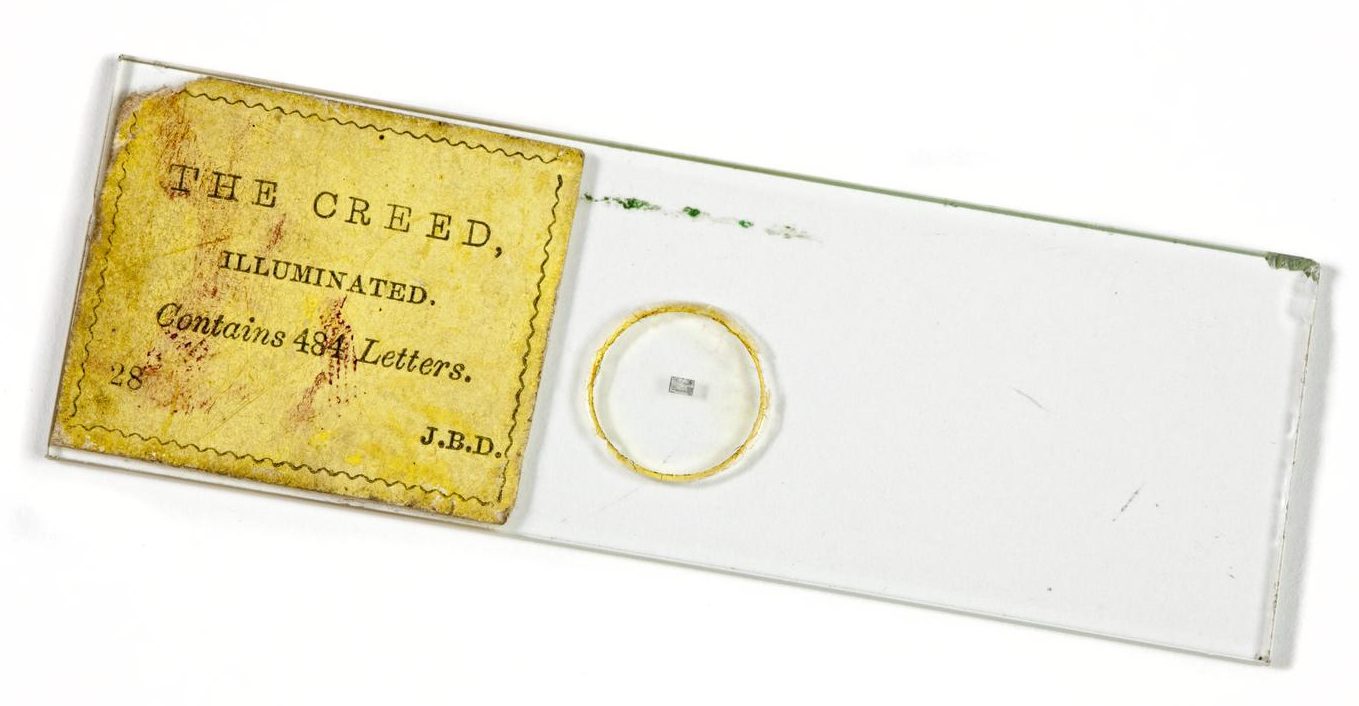For the first time, and in honour of the festival’s theme, there will be a ‘climate change’ sub-category to the photography competition, which will welcome submissions that tell the global story of climate change, showcase how science, technology and engineering are addressing this urgent issue, and reveal its effects on our natural world.
Manchester has a long history of scientific and artistic innovation, so it is the perfect place for this exhibition. An example of how photography, science and art all came together previously in the city is the work of John Benjamin Dancer, who worked with one of the city’s greatest scientists, brought photography to Manchester and invented his own innovations in the artform.
Born in London in 1812, Dancer was trained in the family business of making scientific instruments and created everything from microscopes to rulers. He took over from his father in 1835 and moved the business from the capital to Liverpool, before establishing a branch at 13 Cross Street in Manchester, less than a mile from where the Science and Industry Museum is now.

Science Museum Group © The Board of Trustees of the Science Museum
His instruments were prize winners and used by the finest scientists in the area. That included James Prescott Joule, whose work centred on the nature of heat and led to the first law of thermodynamics. He said Dancer’s thermometers were “the first which were made in England with any pretensions to accuracy”—pretty important when you’re studying temperature. There are a number of instruments he made in the Science and Industry Museum collections including this dumpy level (also known as a surveyor’s level).

Science Museum Group © The Board of Trustees of the Science Museum
Dancer’s other passion was photography. Within three years of daguerreotypes, the first really popular type of photography, being publicly available in 1839, Dancer took this image of Market Street. It’s from 1842 and believed to be the first photographic image of Manchester. Taken from the top of the Royal Exchange building, Dancer captured the busy city and the shops on what is still a very commercial street.

Science Museum Group © The Board of Trustees of the Science Museum
In February 1852, Dancer combined his science instrument making with photography and produced his first microphotographs, tiny photographs on microscope slides that were viewed through a microscope or special viewer. They became very popular as a novelty. Dancer himself made images of famous scientists, religious texts and sights like Niagara Falls and the moon. Some of his microphotographs were shown to the Pope and he received an honourable mention for them at the London Exhibition of 1862. Although it was seen as a curiosity in Dancer’s own time, the technology, now known as microfilming, was later used to store large abouts of printed material such as newspapers on microfiche, and even in spying and espionage. Here’s one of his slides in the collections.

Science Museum Group © The Board of Trustees of the Science Museum
Another combination of science and photography came with his cameras for stereoscopic photography where two photographs are taken at the same time and viewed together to give the illusion of 3D. This is his binocular stereoscopic camera from 1856 in the museum’s collections. It was the first of any of his innovations that he patented.

Science Museum Group © The Board of Trustees of the Science Museum

Science Museum Group © The Board of Trustees of the Science Museum
Dancer didn’t make a fortune through photography or his scientific instruments. He continued with his small business until 1878 when he transferred part of it to his daughters Elizabeth Eleanor and Anna Maria. He died in November 1887 but his legacy in photography and science remains.
We think the Royal Photographic Society’s Science Photographer of the Year competition would have been right up Dancer’s street, with its challenge to capture images that show science in action, depict its impact on our everyday lives and illustrate how photography helps to record scientific events.
The competition is open to everyone and there is a special category for those under 17. The shortlisted photographs from both age categories and those in the new climate change section will be used to create the exhibition at Manchester Science Festival, bringing together science, climate and art in an exciting showcase of images that provide an original and authentic snapshot into our world today.
We think John Benjamin Dancer would be really proud to see contemporary science photography in his city 169 years after he took that first photograph of Manchester.
I received from my grandfather J.B.Dancer binoculars with a manufacturing number stamped in it 3349 who can serve in field/theatre and marine application by turning the glasses close to the eye
Is this binocular of any valua to you?